
Fablab Satbayev University
We help to do (almost) anything.
FabLab Satbayev University is a unique laboratory for creating and implementing your innovative ideas.
The laboratory is part of the worldwide network of FabLab Massachusetts Institute of Technology laboratories, which unites more than 1,500 laboratories around the world, which provide students and researchers with access to advanced technologies and exchange of experience with colleagues from various countries.
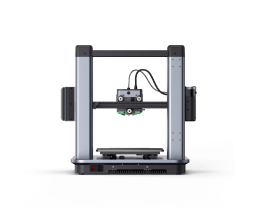
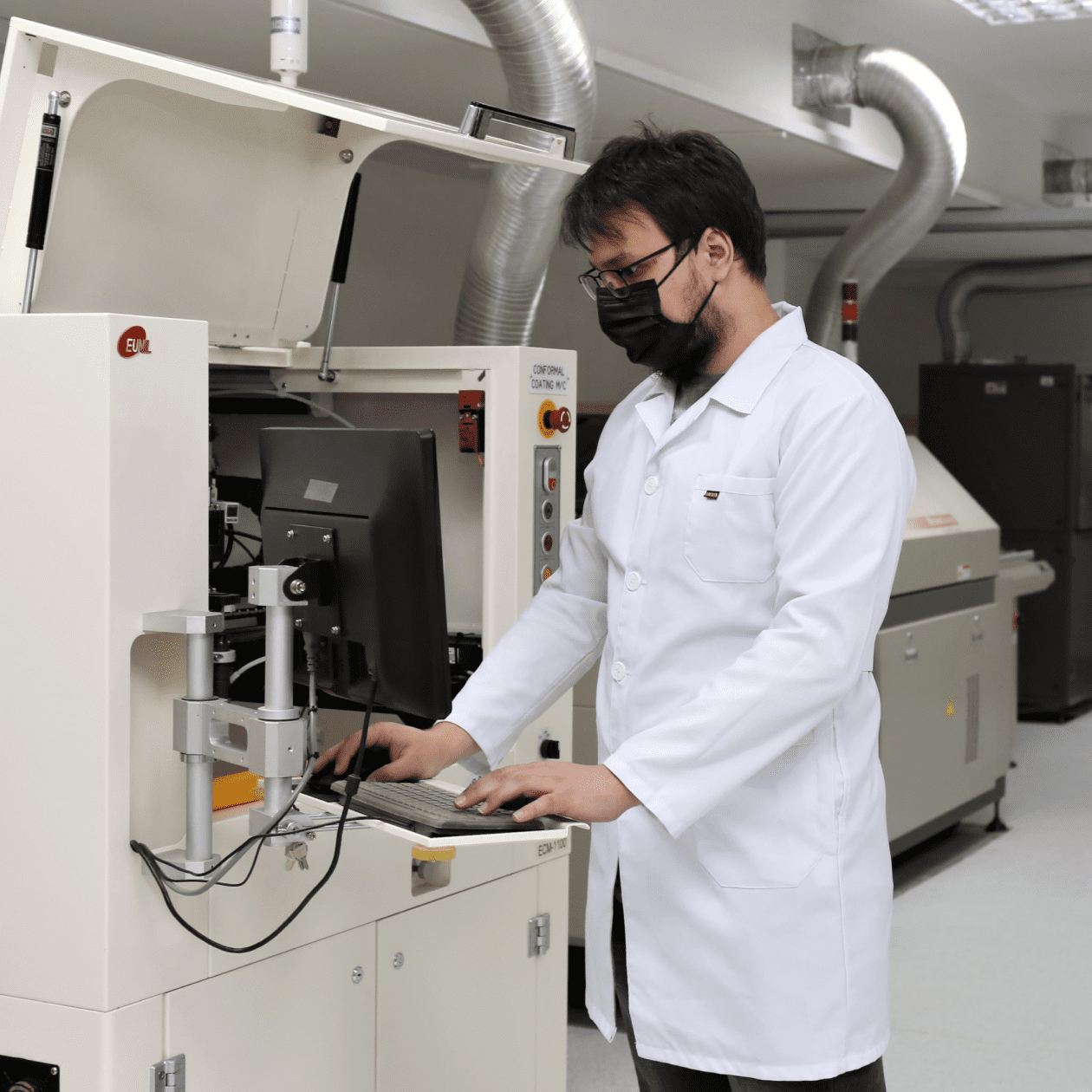
What is FabLab?
FabLab (Fabrication Laboratory) is a workshop equipped with modern tools and equipment for digital production. The idea of FabLab is to give young scientists the opportunity not only to develop innovative projects, but also to immediately produce prototypes and launch the invented into production. Here you can bring your projects to life using 3D printers, laser cutters, CNC milling machines, electronics and many other devices. FabLab SU is designed to give everyone the opportunity to experiment, learn and create.Our capabilities:
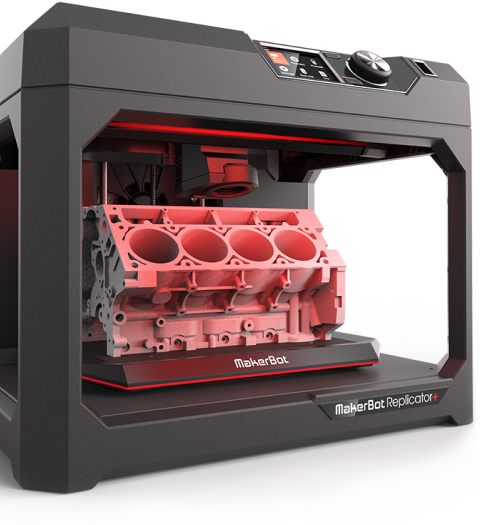
3D printing
Creation of three-dimensional models made of plastic, metal and other materials.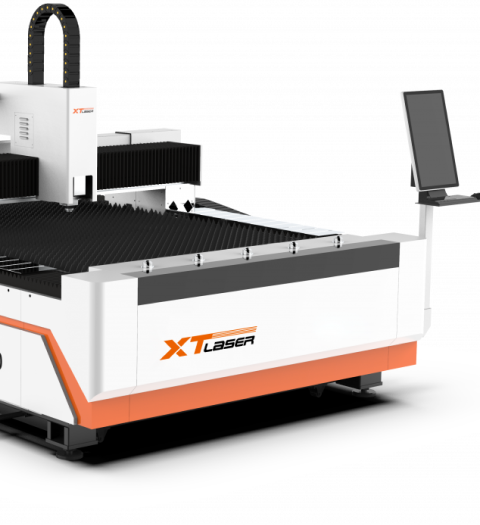
Laser cutting and engraving
Precision machining of various materials such as wood, acrylic, fabric and paper.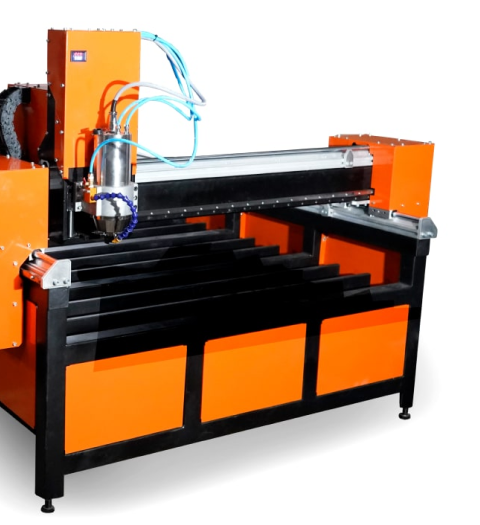
CNC milling
High-precision processing of materials to create complex parts and structures.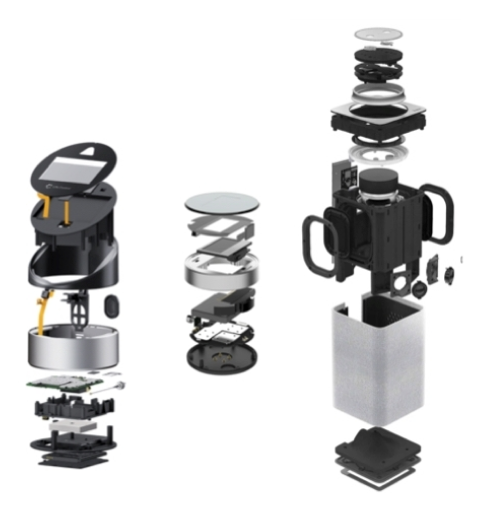
Electronics
Development and assembly of electronic devices, programming of microcontrollers.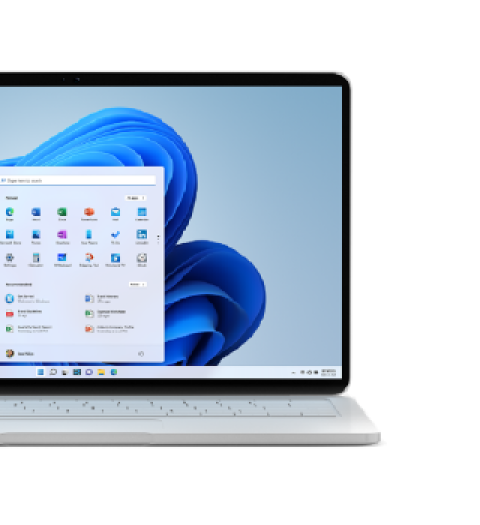
Software
Training in working with CAD/CAM systems for design and production.Why FabLab SU?
Access to advanced technologies
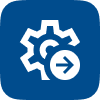
Support and training

Global community

Support for the UN Sustainable Development Agenda
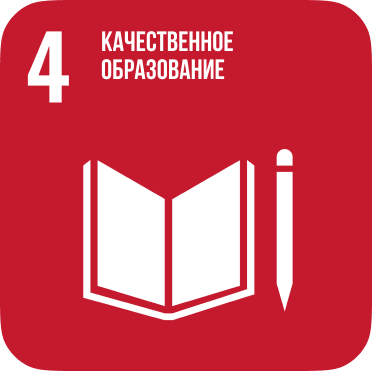
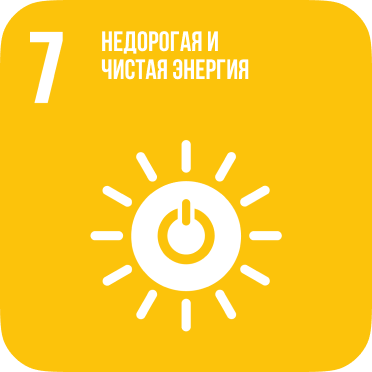
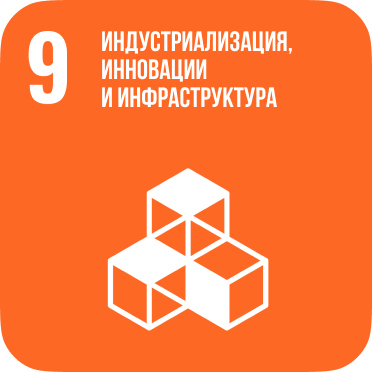
FabLab Satbayev University works on Sustainable Development Goals and shares the common ideology of an open project, fixed in the "charter" of Fab Lab.
We provide not only opportunities for high-quality education and creativity to everyone, but also work on projects in the field of electric transport, "green" alternative energy and infrastructure improvement both on the university campus and in urban areas.
Join with FabLab to contribute!

How do I become a part of FabLab SU?
Contact us to receive introductory training on equipment operation and safety. After that, you will have access to the lab's resources and will be able to start working on your project.
The world of Fab Lab ideas and solutions is limitless! Join us!
Contacts:
Ruslan Mukanov
Beken Arymbekov






